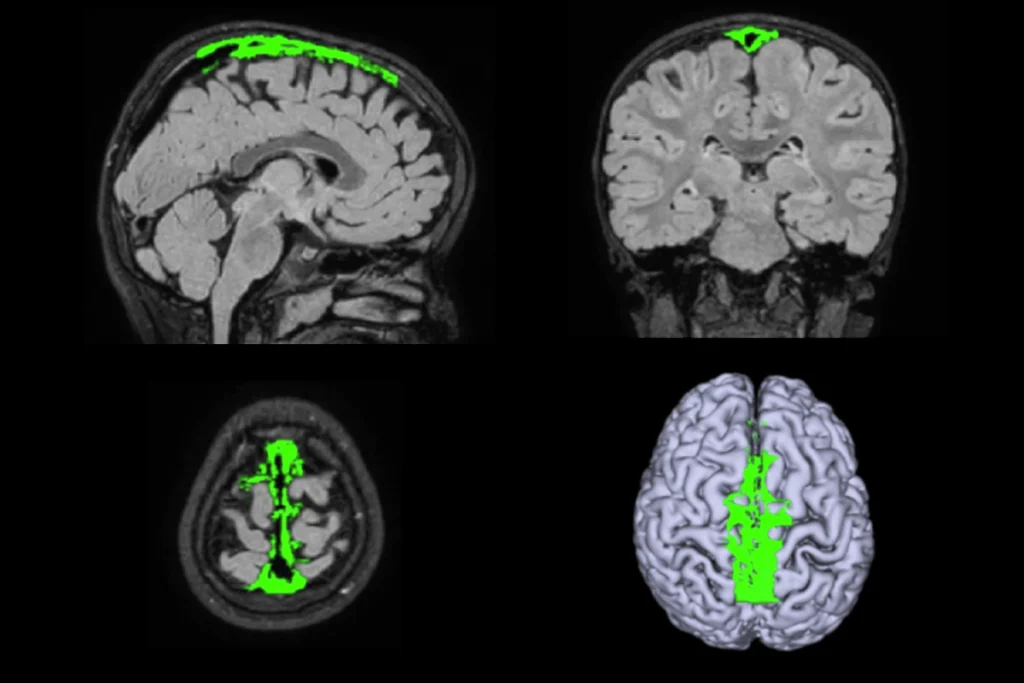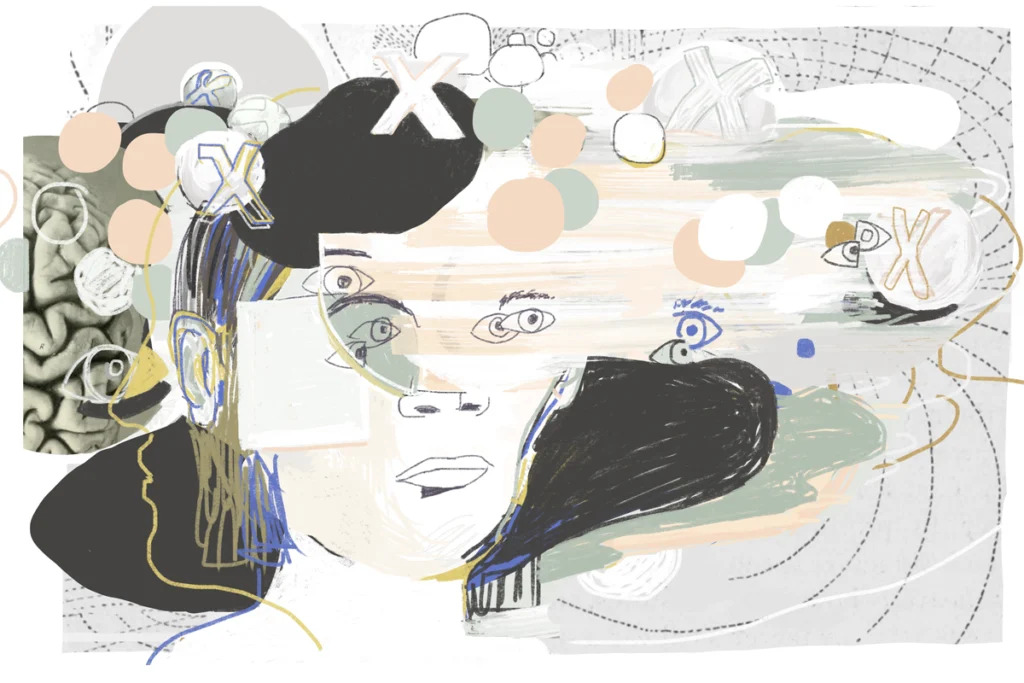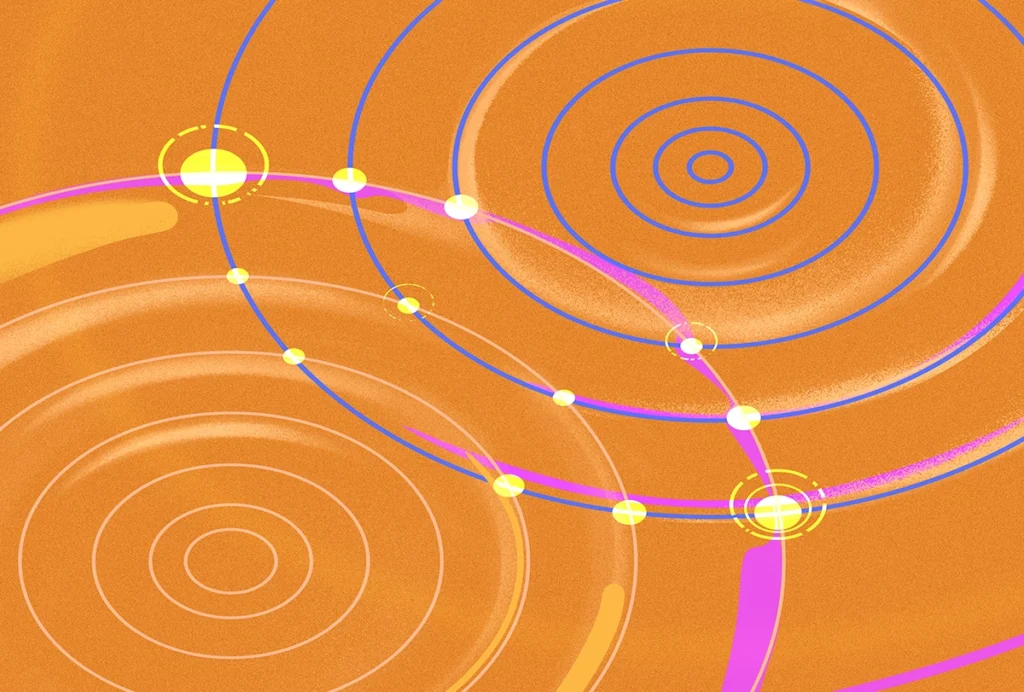EA 2012
Recent articles
New technologies may aid early detection of autism
Emerging technologies and software may help assess the subtle behaviors, such as gaze or social gestures, that go awry in children with autism, researchers said at the Engineering and Autism conference earlier this month.

New technologies may aid early detection of autism
Emerging technologies and software may help assess the subtle behaviors, such as gaze or social gestures, that go awry in children with autism, researchers said at the Engineering and Autism conference earlier this month.
Automated analyses may improve study of social deficits
Sophisticated eye-tracking tools and other technologies are making it easier to record and analyze social interactions, and may help researchers study social deficits in children with autism. Researchers debuted some of these tools 28 September at the Engineering and Autism conference in Los Angeles.

Automated analyses may improve study of social deficits
Sophisticated eye-tracking tools and other technologies are making it easier to record and analyze social interactions, and may help researchers study social deficits in children with autism. Researchers debuted some of these tools 28 September at the Engineering and Autism conference in Los Angeles.
Explore more from The Transmitter
Okur-Chung neurodevelopmental syndrome; excess CSF; autistic girls
Here is a roundup of autism-related news and research spotted around the web for the week of 21 October.

Okur-Chung neurodevelopmental syndrome; excess CSF; autistic girls
Here is a roundup of autism-related news and research spotted around the web for the week of 21 October.
Brains, biases and amyloid beta: Why the female brain deserves a closer look in Alzheimer’s research
New results suggest the disease progresses differently in women, but we need more basic science to unpack the mechanisms involved.

Brains, biases and amyloid beta: Why the female brain deserves a closer look in Alzheimer’s research
New results suggest the disease progresses differently in women, but we need more basic science to unpack the mechanisms involved.
Are brains and AI converging?—an excerpt from ‘ChatGPT and the Future of AI: The Deep Language Revolution’
In his new book, to be published next week, computational neuroscience pioneer Terrence Sejnowski tackles debates about AI’s capacity to mirror cognitive processes.

Are brains and AI converging?—an excerpt from ‘ChatGPT and the Future of AI: The Deep Language Revolution’
In his new book, to be published next week, computational neuroscience pioneer Terrence Sejnowski tackles debates about AI’s capacity to mirror cognitive processes.